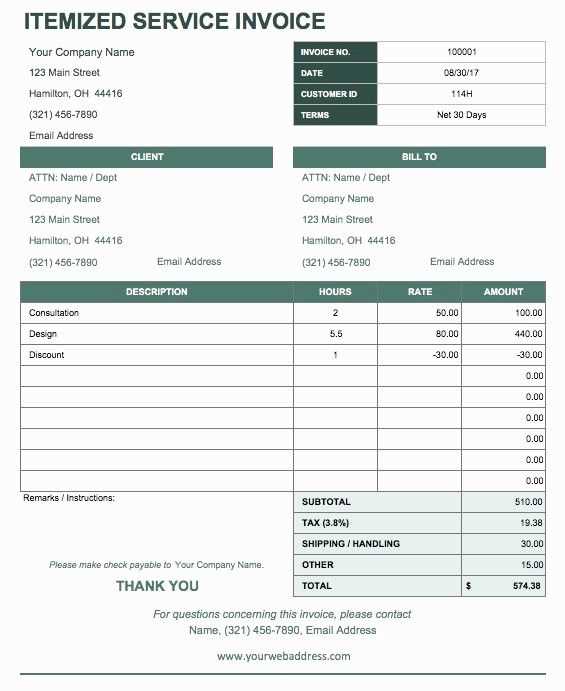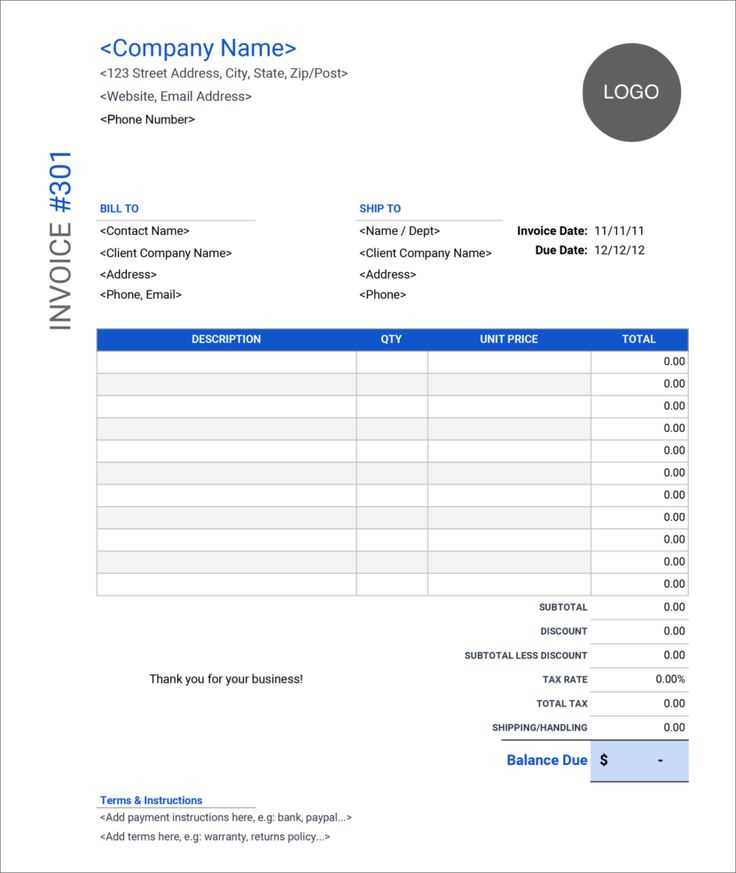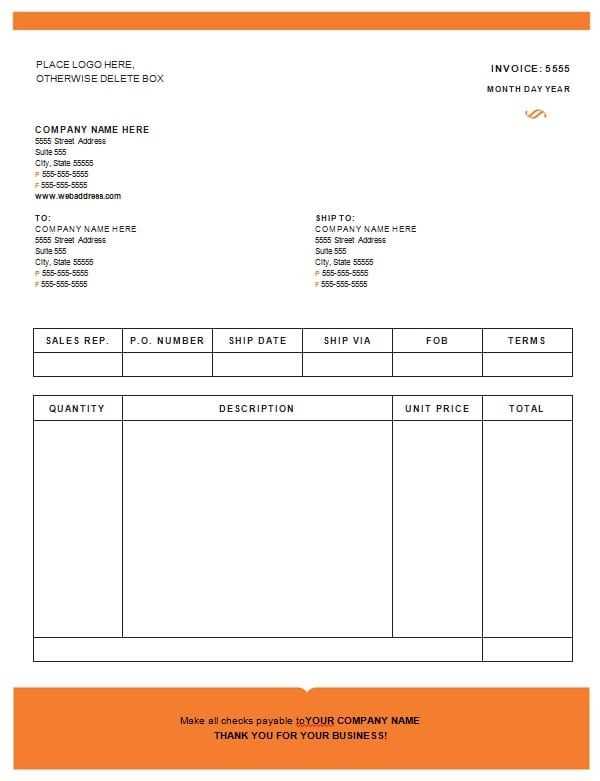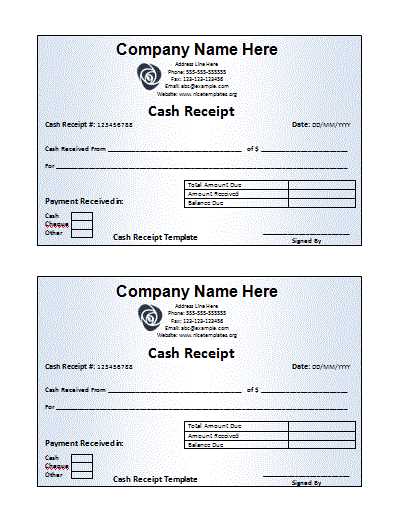
Key Elements of a Shipping Receipt
A well-structured shipping receipt provides clear details for both the sender and recipient. It should include essential transaction information and maintain a professional format for record-keeping.
- Company Details: Include the shipping company’s name, address, contact number, and logo.
- Receipt Number: A unique identifier for tracking and reference.
- Sender and Recipient Information: Full names, addresses, and contact details.
- Shipment Details: Description of goods, weight, dimensions, and declared value.
- Service Type: Standard, express, or freight shipping.
- Tracking Number: A unique code for shipment monitoring.
- Cost Breakdown: Itemized charges, taxes, and total payment.
- Payment Method: Cash, card, or bank transfer.
- Terms and Conditions: Liability policies, refund terms, and dispute resolution.
- Signature Section: Space for sender, recipient, or courier confirmation.
Example Shipping Receipt Template
Use this template as a starting point for creating a professional shipping receipt:
Shipping Company Name Company Address Phone: (XXX) XXX-XXXX Email: [email protected] Receipt Number: #123456 Date: MM/DD/YYYY Sender: Name: John Doe Address: 123 Main St, City, State, ZIP Phone: (XXX) XXX-XXXX Recipient: Name: Jane Smith Address: 456 Elm St, City, State, ZIP Phone: (XXX) XXX-XXXX Shipment Details: Tracking Number: ABCD123456 Weight: 10 lbs Dimensions: 12x10x8 inches Declared Value: $100 Service Type: Express Shipping Cost Breakdown: Shipping Fee: $15.00 Insurance: $5.00 Total: $20.00 Payment Method: Credit Card Terms and Conditions: Non-refundable shipping fee. Damages must be reported within 24 hours. Signature: ________________ (Sender) Signature: ________________ (Courier)
Customizing the Receipt
Modify this template to fit your company’s branding and operational requirements. Consider using digital receipts for easier storage and customer access.
Shipping Company Receipt Template
Key Details to Include in a Receipt
Formatting Guidelines for Clarity and Readability
Legal and Tax Aspects of Receipts
Digital vs. Paper: Advantages and Disadvantages
Frequent Mistakes in Receipts and Ways to Prevent Them
Adapting a Template for Various Needs

Key Details to Include in a Receipt

A complete receipt must specify the shipment date, tracking number, sender and recipient details, and a breakdown of charges. Clearly list service fees, taxes, and any applicable surcharges. Always include a unique receipt number for easy reference.
Formatting Guidelines for Clarity and Readability

Use a structured layout with distinct sections for sender, recipient, charges, and terms. Ensure sufficient spacing and readable fonts. Digital receipts should be formatted for screen readability, while paper versions must have a clear print layout. Highlight critical details like total cost and tracking number for quick reference.
Legal and Tax Aspects of Receipts
Ensure compliance with local tax regulations by including VAT, GST, or other applicable taxes. Receipts should specify the company’s legal name, tax identification number, and applicable disclaimers. Retain copies for the required retention period to meet audit requirements.
Digital vs. Paper: Advantages and Disadvantages
Digital receipts reduce storage costs, enable quick retrieval, and integrate with accounting software. However, paper receipts remain useful in regions with limited digital access and as legally required hard copies. Offer both options based on customer preferences.
Frequent Mistakes in Receipts and Ways to Prevent Them
Avoid missing transaction details, incorrect tax calculations, and formatting inconsistencies. Ensure automation tools apply accurate tax rates and validate data before issuing receipts. Standardize templates to prevent formatting errors.
Adapting a Template for Various Needs
Customize templates for different shipping services by adjusting fields for express, freight, or international shipments. Add sections for customs declarations if applicable. Ensure receipts align with industry regulations and customer expectations.


